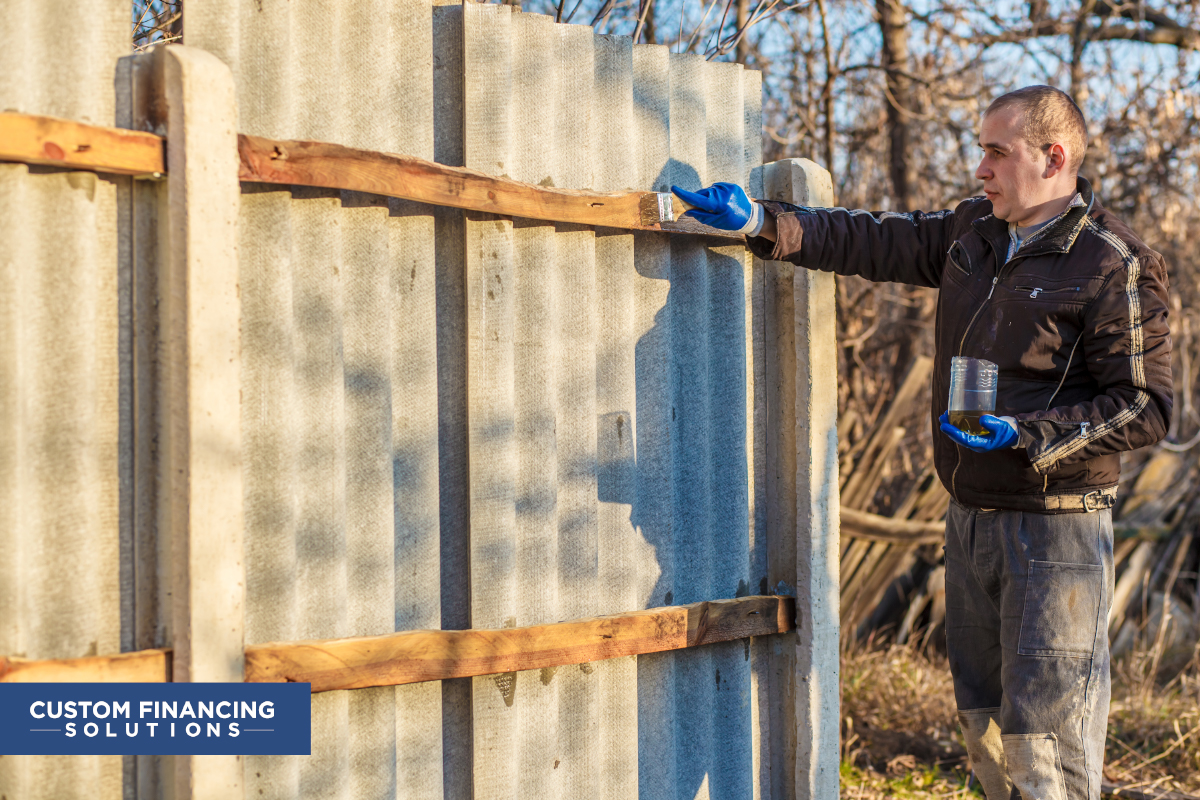With the summer season now almost wrapped up, the request for seasonal jobs might have taken a dip. However, you might still get requests for house painting in winters. There are people who believe that winters are not the right time for this job, but reasons like unbearable damages or the upcoming festive season might make them want to finish this task now before extreme winter sets.
There are some advantages of painting in winters like the typically dry weather could simplify the painting process. The climate is also less punishing than summers for workers. That said, we cannot ignore the challenges. Today, in this blog post we’re going to share some useful tips to help you combat the painting problems during this jolly season.

Understand How Cold Affects The Paint
Generally, temperatures below 50 F makes the application and drying process of paints longer and more complicated. There are two types of paints commonly used, oil-based and water-based. While the cold climate increases the former’s viscosity considerably, making it tougher to apply evenly, the latter being water-based might freeze altogether in lower temperatures.
Choosing The Right Paint
Choose the type of paint which could be applied more easily to your project. While previously frozen water-based paints are usable, it’s better to use a fresh box instead. Another thing to look out for is the range of temperature on the box of the paint; it varies from brand to brand, so picking the suitable one will work in your favor.
Using Additives
Paint is made with four major components—binder, solvent, filler, and additives. Out of these, additives can be used in your paints to counter the problem of high viscosity in winters. Floetrol could be used with water-based paints whereas, petrol works with oil-based paints. You can also add anti-freeze additives for the purpose. The right additives in the right amounts will make your work much easier.
Checking The Surface
Do not rely just on the temperature readings outside. Remember that you have to apply paint on the surface; its temperature will be different.
Paint applies best on surfaces with a temperature around 70 F, so make sure that the surface is warm enough, or build a bubble around it.
Making A Bubble
A great way to tackle the cold is by creating your own little greenhouse. For this, you will require 4- to 6- mil plastic to enclose the area that you want to paint. You can build a frame using zip poles. Next, place a heater in the area to achieve the desired temperature (70F or 80F).
If you are using a heater, stay alert to avoid overheating.
To conclude, another simple tip that will help you in a long way is to observe your work surroundings and plan accordingly. Likewise, during winters, you can schedule shifts at the sunny hours of the day; it will help you nail the job in these conditions as well. Working in winters requires you to take special precautions. Here are a few guidelines to deal with the winter crisis. Stay tuned for more insightful blogs to improve your business.
At CustomFin, we also provide easy solutions to finance your clients. Simply partner with us & give an edge to your business.







